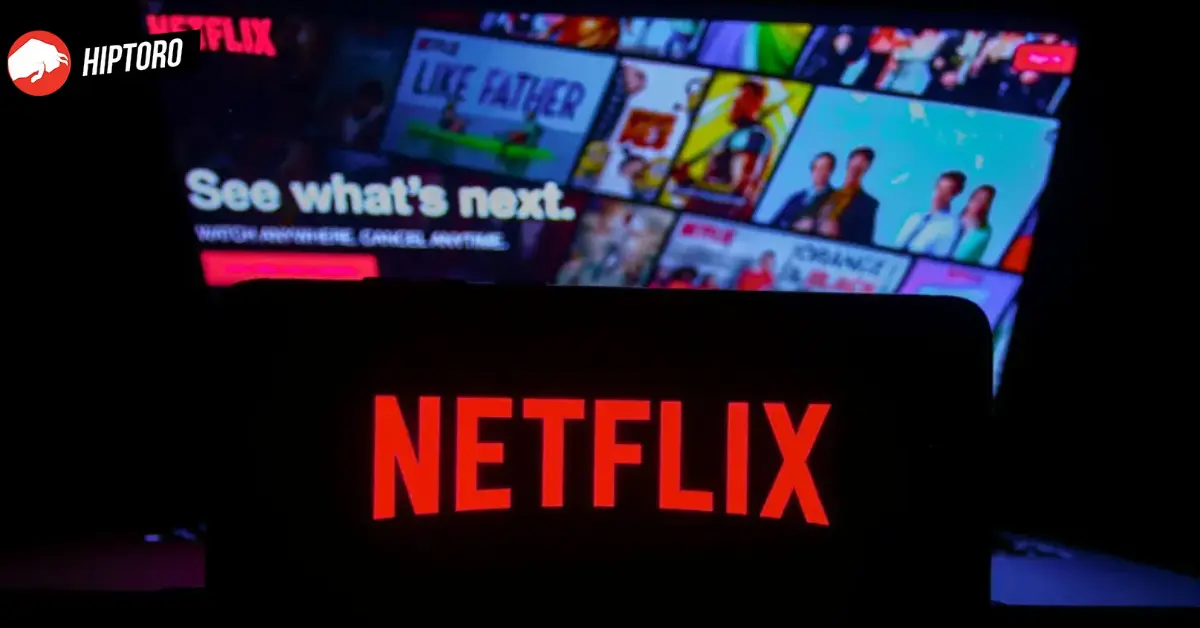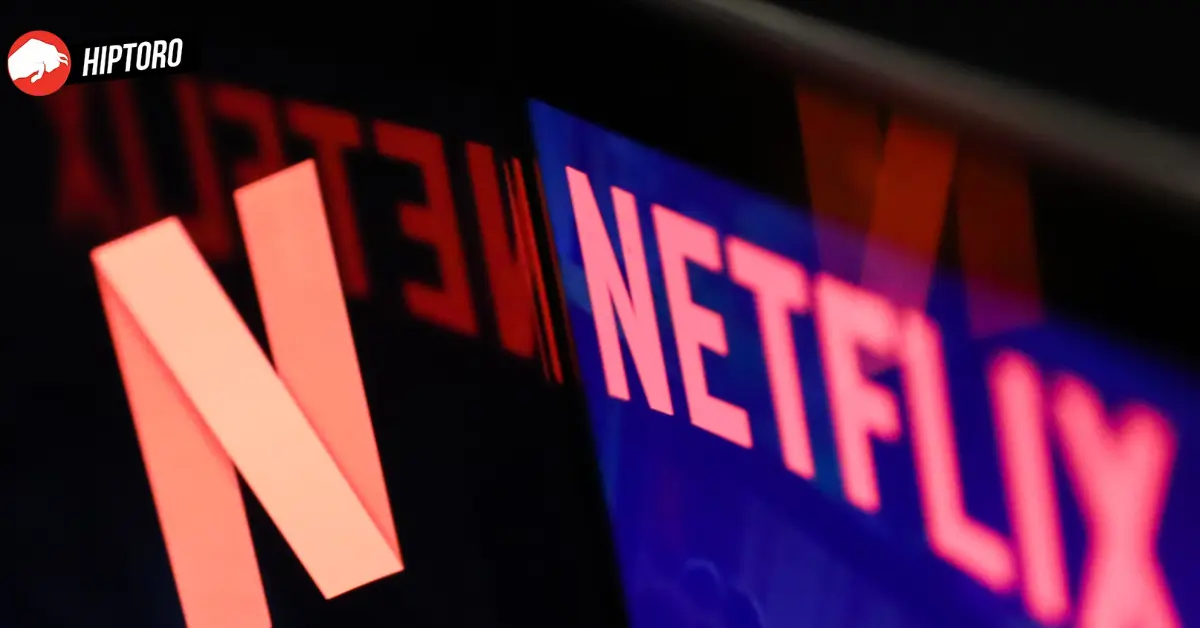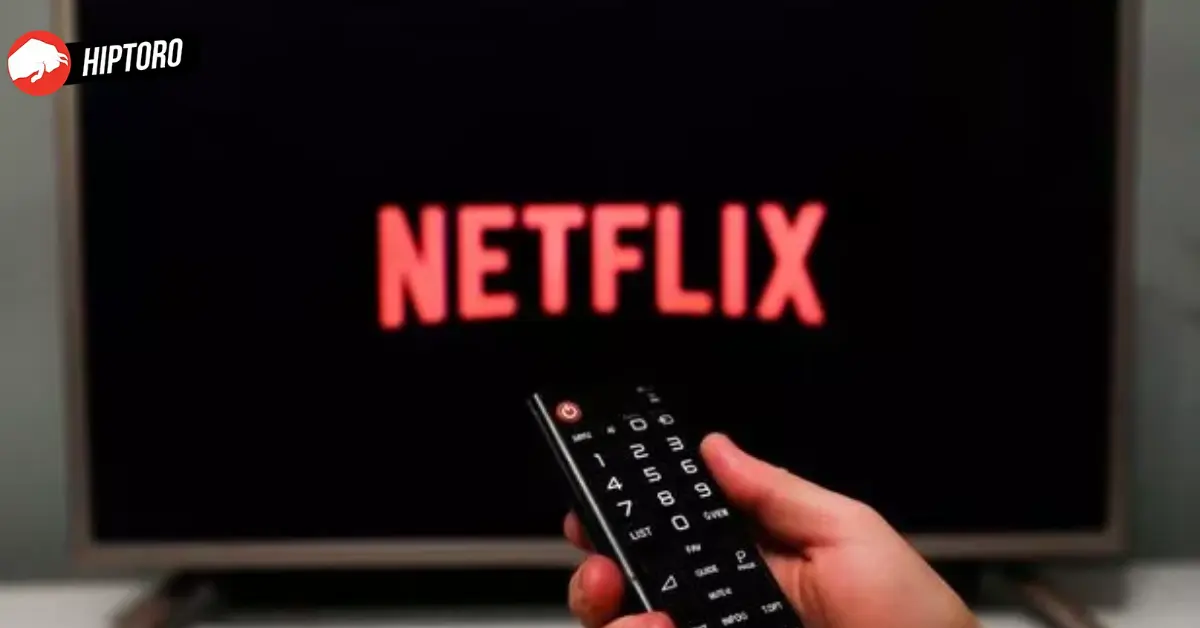In a surprising move that has left many subscribers puzzled, Netflix has decided to do away with its ad-free “Basic” plan, pushing new users to opt for more expensive subscription options.
The decision has sparked widespread discussions online, with many questioning the motives behind this strategic change.
New Subscription Options and Pricing
The basic plan, priced at $9.99, was a popular choice for the users who sought uninterrupted enjoyment of their favorite shows and movies.
However, new subscribers will now have to choose from three options: the $6.99 “Standard with Ads” tier, the $15.49 “Standard” plan, and the $19.99 “Premium” plan, all of which are ad-free.
Fortunately, current subscribers on the Basic plan can continue to enjoy their current subscription, as the changes only apply to new or returning subscribers.
However, if a current Basic subscriber allows their subscription to lapse or upgrades to another tier, they won’t be able to return to the Basic tier and its previous price.

It’s decision to eliminate the Basic plan aligns with the successful launch of its ad-supported tier, which has proven to generate higher revenue per subscriber compared to the standard tier.
With the Basic tier removed, new users will now have to choose between the ad-supported plan and the standard plan, which is more than twice the price of the ad-supported option.
Despite initial criticism, Netflix’s ad-supported tier has been a hit, attracting over five million active users each month, according to a May announcement.
Surprisingly, engagement levels for the Basic plan with ads are on par with the ad-free tiers, indicating that Netflix is earning considerable revenue from the sheer volume of ads being viewed by subscribers.
Netflix’s Position in the Streaming Market
Having faced challenges with subscriber losses and backlash over password-sharing, Netflix seemed at risk of losing its streaming throne.

However, through a surge in new subscribers and an influx of once-exclusive content, Netflix has regained its dominant position in the streaming world.
It’s decision to remove the Basic plan showcases the company’s confidence in its standing within the streaming market. While it may not please all subscribers, it highlights Netflix’s willingness to take risks in order to boost revenue and maintain its leading position.
As the streaming wars continue, it remains to be seen how Netflix’s competitors will respond to this bold move.
In conclusion, Netflix’s move to remove the Basic plan may have surprised many, but it reflects the company’s strategic direction in increasing revenue and solidifying its position as the streaming industry leader.
While some subscribers may be unhappy with the changes, Netflix’s success with its ad-supported plan demonstrates that they are catering to evolving market demands.
As the streaming landscape continues to evolve, all eyes will be on Netflix and its competitors to see how they adapt to the ever-changing preferences of viewers.









